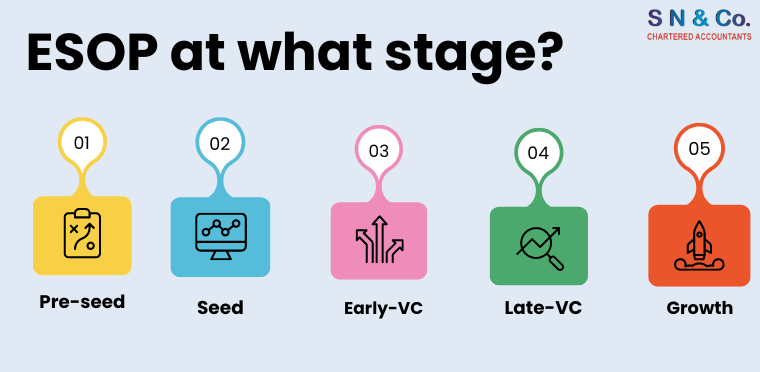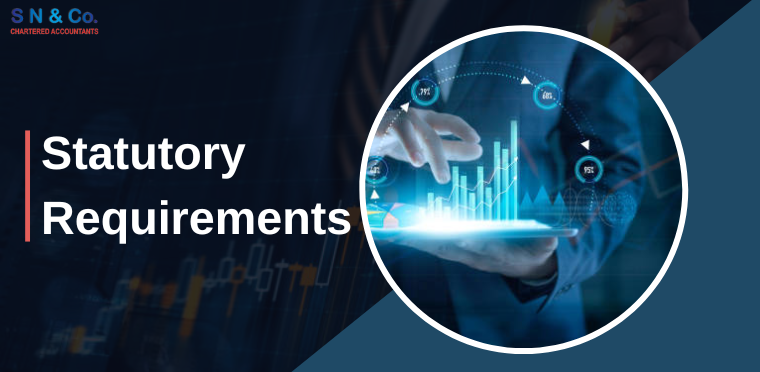MAT treatment under IND-AS – Is taxing of Capital Adjustment unintended
INTRODUCTION
A much needed amendment to align MAT computation with Ind AS in the year of adoption and thereafter is introduced in Finance Act, 2017. This has brought certain level of clarity in MAT computation within Ind AS framework
The purpose of the author is to simplify for the readers necessary adjustments prescribed by MAT provisions under IND AS regime and also touch base on legal turmoil of taxing capital adjustments under MAT
IMPACT OF MAT UNDER IND AS FRAMEWORK
As we all know a MAT provision has included adjustments under Ind AS in its computation which are highlighted below:
- Adjustments made to ‘Other Equity’ on first time adoption of Ind AS
- Adjustment made through Statement of Profit and Loss or Other Comprehensive Income (“OCI”)
Mat implication under IND AS framework is two folded (A) Adjustment in FY 2016-17 (Convergence phase) and (B) Adjustment in subsequent years
A. Convergence phase
- As per Ind AS101, convergence date for companies adopting Ind AS from FY 2016-17 is 04.2015 and therefore it shall have to restate its financial statements for previous FY 2015-16 also. While doing so; adjustments in respect to FY 2015-16 shall also be considered for the purpose of MAT in FY 2016-17 being transition adjustments
- In convergence period IND AS prescribes for reconciliation of accounts from Indian GAAP and IND AS perspective which can be one of the basis for MAT tax computation
Adjustments under MAT
Mat provision provides for adjustment in respect to specified items; items re-classifiable as per IND AS & other items
| Adjustments class | Examples class | Point of Taxation under MAT class | IND-AS Treatment |
| ⇒ Specified Adjustment | → Revaluation of Property, Plant & Equipments & Intangible assets
→ Gains and losses from investment in equity instruments designed at FVOCI
→ Investments in subsidiaries, JVs and associates wherein difference in fair value and carrying value shall be adjusted in retained earnings If entity adopts FV as deemed cost for such investments
→ Cumulative translation differences of foreign operations wherein entities can opt for exemption where cumulative difference will be deemed to be zero and the same will be adjusted in retained earnings
| On disposal/ realization/ retirement/ transfer
| → Convergence phase – accounted under ‘Other Equity’ |
| √ Re-Classifiable Adjustment | √ Fair Value of FVOCI debt instruments √ Exchange differences on sale of foreign operations √ Cumulative gains/(losses) arising on de-recognition of financial assets √ Cumulative gains/(losses) arising when forecast transaction is no longer expected to occur
| On re-classification to Statement of P&L as per IND AS | OCI |
| √ Other Adjustment | √ Re-measurements of defined benefit plans, Decommissioning liability, Borrowing cost adjustments, Equity component of CFI etc.
| Equally over the period of five years (starting from first year of adoption) | Retained Earnings/OCI |
B.Adjustment in subsequent year
The only difference under IND AS is that the major adjustments shall be routed through OCI and treatment in MAT remain consistent as tabulated above
C. Legal Turmoil
Having understood MAT applicability under IND AS framework let us now understand a legal turmoil in respect to adjustment of Compounded Financial Instrument (CFIs) like Convertible Debentures
IND AS recognition treatment –
The Chart depict treatment of CFI’s as per Ind AS wherein equity component is to be transferred from debt to Other Equity

Legal Turmoil – MAT treatment
For calculation of “Book profit” under MAT, amended provision in Finance Act as drafted provides for inclusion of adjustment to other equity on convergence date (excluding capital reserves and securities premium). Resultantly adjustment to Other Equity i.e. both original equity component and interest accreted shall be included in book profit equally over the period of 5 years and shall be taxable under MAT.
While payment of MAT on interest accreted seems reasonable, payment of MAT on the original equity component recorded appears unintended
Currently draft-men has raised a legal turmoil, as taxing capital adjustment does not seem to be the intention of legislature which is evident from the fact that capital reserves and securities premium are specifically excluded from definition of transition amount. Even Memorandum considers adjustment to reserves and surplus and not other equity for Book profit. And judicial rulings are also in support of not taxing capital transaction under MAT
CONCLUSION
Therefore immediate clarification on aforesaid turmoil is essential to avoid unwarranted litigation and involvement of high stake. Nevertheless final provisions provides lot more clarity and therefore Companies can take strategic decisions in finalizing their accounting policies for transition to Ind AS after considering potential MAT tax implications.





